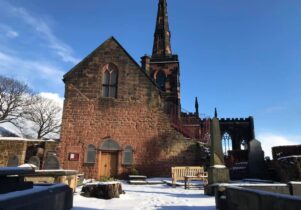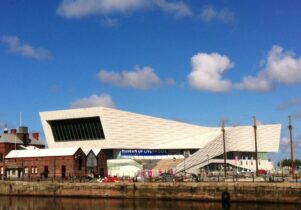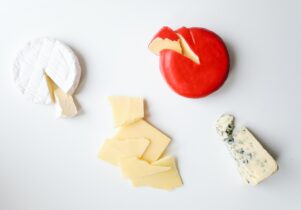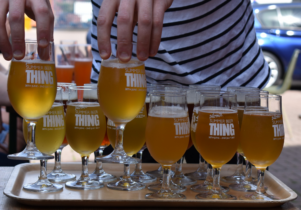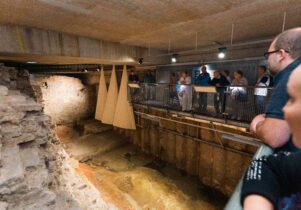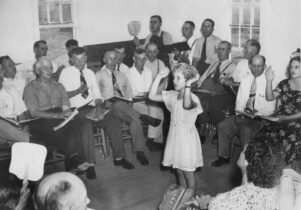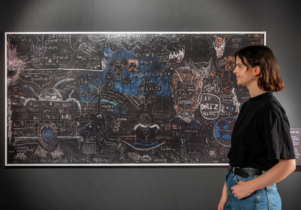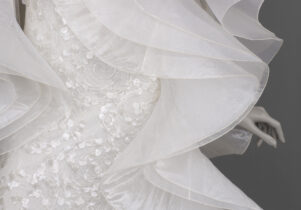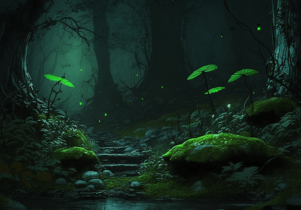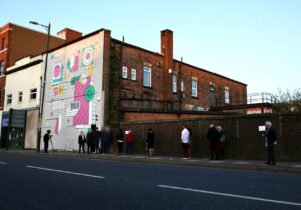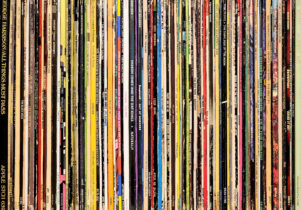Lady Lever Art Gallery
Polly Checkland Harding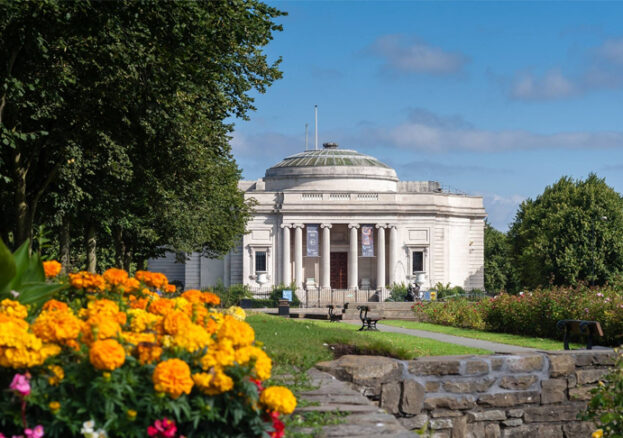
Situated just outside Liverpool, in the model village of Port Sunlight, Lady Lever Art Gallery holds one of the country’s finest collections of art in a purpose-built, neo-classical building. Here, visitors are treated to an internationally renowned selection of Pre-Raphaelite paintings by the likes of Holman Hunt and Edward Burne-Jones, as well as the best collection of Wedgwood Jasperware in the world, and can enjoy refreshments in the gallery’s on site café. The gallery was founded by soap magnate William Hesketh Lever in memory of his wife Elizabeth, and formally opened by Princess Beatrice, youngest daughter of Queen Victoria, in 1922.
The construction and formidable collection endowed to the gallery was made possible by Lever’s business empire, the success of which meant that he was in command of £3m in personal assets in 1912. Born in Bolton, Lever took over his family’s wholesale grocery business, transforming the company and eventually deciding to concentrate on just one product: household soap. He saw an opportunity to sell soap as individual, wrapped bars, where before it had been sold in blocks; his art collection, which eventually grew to include 20,000 works, initially started as a marketing tool, with paintings printed on packaging and customers encouraged to collect enclosed vouchers for prints. By 1925, Lever’s empire had grown to employ 85,000 workers globally – Port Sunlight was built to house his employees.
Lever was known for his philanthropy and liberal ideas: an advocate for better welfare, shortened working days, education and medical projects. Lady Lever Art Gallery was first conceived by him when his collection outgrew the public buildings in the village, where he’d been displaying it for the residents. Less well explored is the fact that the collection was itself made possible by his operations in Africa; Lever established plantations in the Belgian Congo using forced labour to supply his products with palm oil. This is an aspect of Lever’s story that the gallery is exploring through independent research and actively seeking to make visible through future exhibitions and public events.
